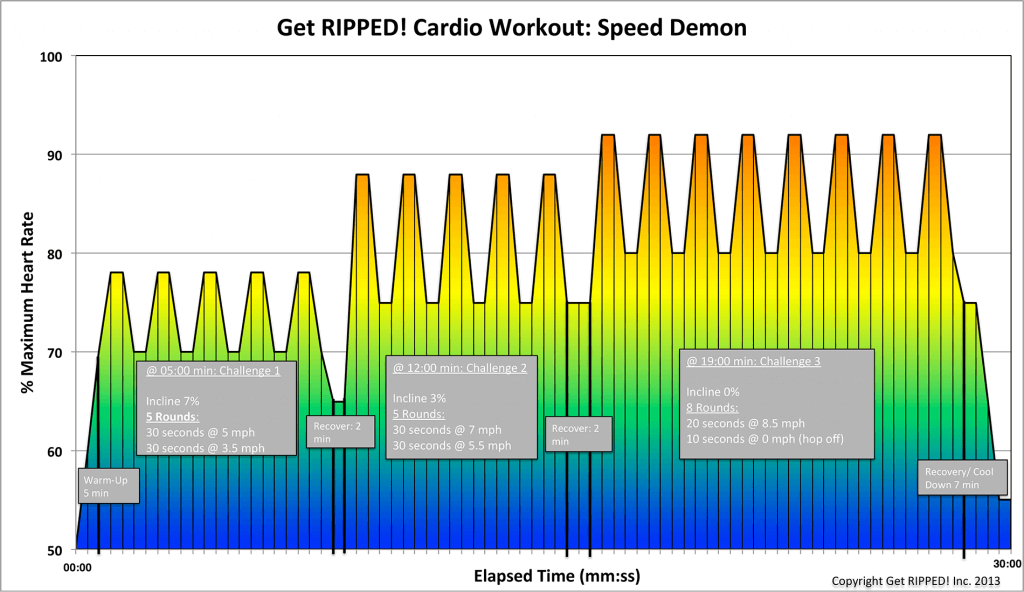Blog, Fitness Tips
Use the Science Behind Metabolism to Boost Yours
Have you heard of the BMR? This is the basal metabolic rate, otherwise known as your metabolism. This is a confusing issue to lots of people, but it shouldn’t be. After all, it is actually one of the keys to knowing how to shed unwanted pounds.
The BMR is a number and that number is the total number of calories you need every day to maintain your body at its current weight. As you might guess, it changes easily and based on many factors. The BMR is actually the result of a mathematical equation that uses your Age
- Gender
- Current height
- Current weight
- Level of physical activity
- Body composition (how much lean muscle do you have versus fat)
- Your level of hormonal health and balance
- Health issues that impair or affect metabolism such as thyroid conditions, diabetes, and other issues
The basic formula for calculating it has to be done based on your gender.
- Women – 655 + (4.35 x weight in pounds) + (4.7 x height in inches) – (4.7 x age in years) = BMR
- Men – 66 + (6.23 x weight in pounds) + (12.7 x height in inches) – (6.8 x age in years) = BMR
Keep in mind that your level of activity also has to be added into the calculations, but it begins with the BMR and then the following rules apply:
- Extra active people multiply their BMR x 1.9
- Very active people multiply their BMR x 1.725
- Moderately active people multiply their BMR x 1.55
- Lightly active people multiply their BMR x 1.375
- Sedentary people multiply their BMR x 1.2
It only seems complex. A woman who is 47 and who weighs around 150 pounds and stands 67” tall has a BMR of 1400 calories. If she is very active and does a workout four or more days a week, here BMR goes all of the way up to 2400 calories per day. However, if her level of activity drops at any time, so too must her caloric intake.
Remember, though that your BMR also looks at things like your body composition. It does that because lean muscle mass requires more calories to maintain itself. If you are someone who works out often and who does weight training exercises, your lean muscle mass is really working hard for you for many hours after you finish exercising.
As Harold Gibbons, the New York State Director of the National Strength and Conditioning Association says, “Muscle burns more calories than fat tissue, because muscle requires more energy to maintain, the more fat you have, the slower your metabolism will be.”
And right there we have an answer for those who read the title of this article and wondered precisely how they can use the science of metabolism to boost the rate of their own metabolism.
By shedding stored fat and building more lean muscle, you can improve your metabolic rate. Keep in mind though that weight loss usually means that the metabolism goes down. It is because your lower body weight needs less food to maintain itself at that smaller figure. Yet, you can boost metabolism and lose weight, or inches to be more precise. As Kim Sasso, a nutritionist at Loyola University Health System so clearly explains, “it’s not until you start decreasing your percentage of body fat and replacing it with increased muscle mass” that you are going to see any difference the metabolic rate.”
Get it Going
So, how does it work? To boost your metabolism, you should focus on strength training over cardio. You need both, but if you can replace stores of fat with toned, leaner muscle, your metabolic rate is going to go up. To do this is actually easier than it sounds. You just need to target the larger muscle groups of the body – the glutes and thighs.
By incorporating vigorous rounds of squats and lunges into your daily routine, you are going to build leaner muscle mass. If you pair that with daily cardio and a diet high in protein and low in carbs, you start to burn up your stored fat as energy and you create muscle that demands more of that energy at the same time.
Your muscle also continues to burn energy long after workouts are done, so go for that hour of walking or swimming in addition to the weight training for the best results.
Sources
https://www.outsideonline.com/1962101/can-i-really-speed-my-metabolism


